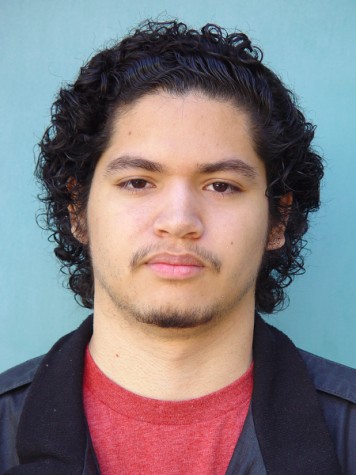Psychology Professor Daphne Dionisio explained the symptoms of schizophrenia, which particularly affects 17 to 25 year olds, to a full audience in Kreider Hall Thursday.
Dionisio explained that schizophrenia could be characterized by five major symptoms: delusions, hallucinations, disorganized speech, disorganized behaviors and negative symptoms.
Negative symptoms include everything from staring out the window for hours to any other absence in traits found in normal people. Disorganized behaviors are when someone does something like moving his arms in circles for no apparent reason.
The characteristic of disorganized speech, known as “word salad” in severe cases, is when a person says incoherent sentences such as “pots dogs table.”
The two other symptoms, under the subcategory of psychosis, are delusions and hallucinations.
People who have delusions sometimes think that someone or something is persecuting them or in some cases, they think that their thoughts are being inserted into them by an external being.
People who have hallucinations can have them in a number of ways, from sensing, feeling, hearing and seeing things that aren’t really there. Three common hearing hallucinations are hearing voices in commentary like a play-by-play of what’s going on, voices that argue with each other, and commands to do things.
A person needs only to show two of these symptoms for at least a month to be diagnosed with schizophrenia.
The discussion focused on Jani Schofield, a 7-year-old girl who was born psychotic. Psychosis is an abnormal condition of the mind which leads to a loss of contact with reality. Her parents have to keep her mind stimulated so she doesn’t have the hallucinations.
Their other child, Bodhi, 3, is constantly attacked by Jani, so they have decided to live in two separate Valencia apartments because of Jani’s aggressiveness. The parents alternate apartments every night so that no child goes more than one night without each parent.
Jani has attempted suicide four times. She tried to jump out of a building, crawl into an oven, run into traffic, and once she tried to break her neck.
Jani has many imaginary friends, starting with just a few and growing to hundreds. They range from 400 the Cat to Wednesday the Rat. They all live in the world she calls Calalini, which exists between the real world and her world.
She has been taken to many doctors and since her psychosis is severe, she takes medication that is intended for adults. She experiences hallucinations in four of her five senses and has been to UCLA to be examined. She has taken powerful antipsychotic medications including Clozaril, lithium and Thorazine.
An average day for Jani includes going to Ikea, the Burbank Mall, going out for lunch, then to an animal shelter or a library. Her parents take her out to these places everyday of the week to provide constant stimulation. If her mind isn’t engaged, the hallucinations begin to “scratch and bite” her.
Her parents want to make sure Jani lives a happy life. They are worried that with the hallucinations, her imaginary friends may command her to continue the suicidal tendencies. Her parents’ hope is for her to survive to at least the age of 20.
According to the National Institute of Mental Health, schizophrenia affects about one in 100 adults, with the average age from 17 to 25. Symptoms of schizophrenia don’t usually develop until, at the earliest, age 18 in men and 25 in women.
Child-onset schizophrenia affects just one in 40,000 children. Children who are diagnosed with childhood onset schizophrenia are diagnosed before the age of 13 and are in constant psychosis (95 percent of the time).
Dionisio teaches general psychology, physiological psychology and abnormal psychology at GCC .
The psychosis of schizophrenia lecture was the last lecture of the humanities and social science lecture series. .
For more information on Jani Schofield’s case, visit: http://www.janisjourney.org

